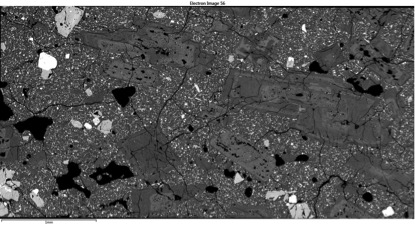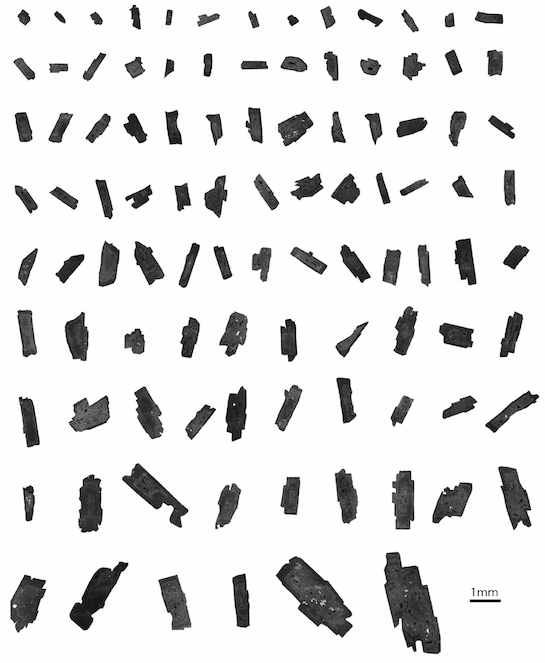Project Overview
Chemical zoning in crystals may result from a variety of magmatic processes, and it can be interpreted as due to changes in the main intensive variables (e.g. pressure, temperature, chemical potential). Mineral zoning can, therefore, be treated as a valuable source of information about the physical and chemical processes (e.g. temperature fluctuations, additions of new melts) that the magma has experienced prior to and during solidification (Streck, 2008). Crystal zoning is one of the key sources of information that is used for example to propose the trigger mechanism of volcanic eruptions and interpret the associated monitoring signals (e.g., Druitt et al., 2012; Saunders et al., 2012). Chemical zoning in crystals from magmatic rocks, simply put, can be seen as a ‘tape recorder’ of the dynamics and processes of the environment in which they grow or dissolve.
However, many studies show that the crystal zoning patterns of many minerals, and in particular plagioclase are so complex, and vary so much between crystals, that it is virtually impossible to decode the processes that created them This hampers our ability to uniquely interpret a given process as a trigger of a given eruption. In this project, we aim to combine new statistical tools based on pattern recognition with simple thermodynamic models to understand the crystal zoning patterns and thus unravel the processes that drive eruptions at open vent volcano like Mayon.

Many crystals, plagioclase in particular, show such complex zoning that is virtually impossible to decode. This is in part due to the effect of studying 2D sections of 3D plagioclase crystals. In 2016 we wrote a paper that quantifies the importance of this effect and we also produced a user-friendly programme so that other petrologists can apply it to their own rocks. We have also recently identified a new algorithm (Perceptual HASH) that allows us to uniquely identify each 2D image and compare them. In addition, we also investigated the artefacts of using Laser-Ablation ICP-MS for obtaining 2D maps and 1D traverses of trace elements.

Funding Sources
- Earth Observatory of Singapore
Project Years
2015, 2016